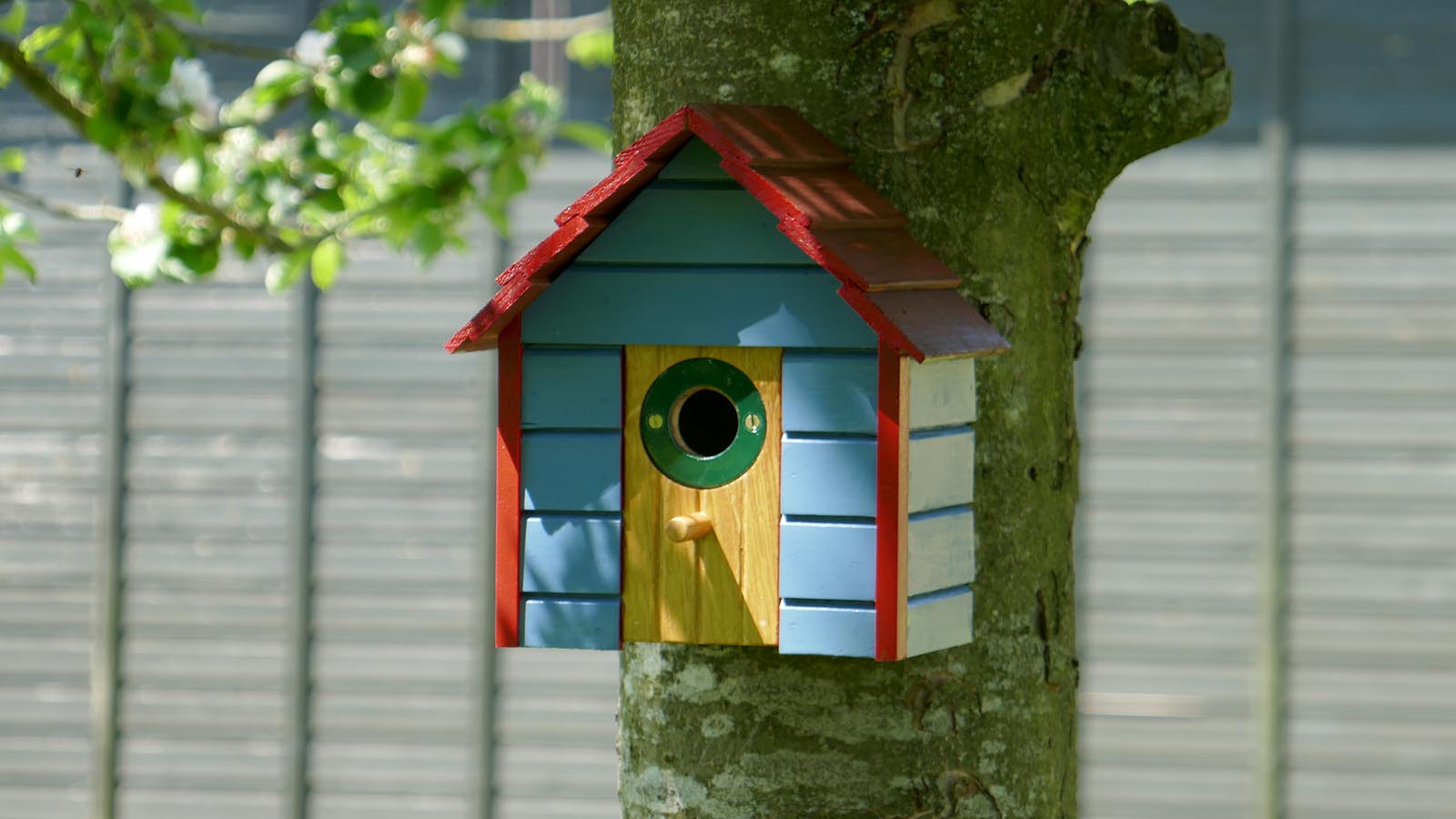Exploring The Fascinating World Of Bird Boxes: A Comprehensive Guide
Bird boxes play a crucial role in conserving bird populations worldwide. These artificial nesting sites provide safe environments for birds to lay eggs and raise their young, especially in urbanized areas where natural habitats are scarce. As the demand for bird conservation grows, understanding bird boxes becomes increasingly important for both enthusiasts and professionals.
Bird boxes are not just simple structures; they are carefully designed tools that contribute significantly to biodiversity. By offering protection from predators and harsh weather conditions, these boxes help ensure the survival of various bird species. Whether you're a backyard birdwatcher or an environmental scientist, learning about bird boxes can enhance your appreciation for avian life.
In this article, we will delve into the world of bird boxes, exploring their types, benefits, installation tips, and maintenance requirements. We'll also discuss the ecological impact of bird boxes and how you can contribute to bird conservation efforts. Let's dive into the details and discover how these small structures make a big difference in the lives of birds.
Read also:Kyle Baugher Net Worth A Comprehensive Guide To His Wealth Career And Lifestyle
Table of Contents
- What is a Bird Box?
- Types of Bird Boxes
- Benefits of Bird Boxes
- Choosing the Right Bird Box
- Installation Tips
- Maintenance and Care
- Ecological Impact
- Bird Box Projects
- Common Mistakes to Avoid
- Conclusion
What is a Bird Box?
A bird box, also known as a nest box, is a man-made structure designed to provide birds with a safe and secure place for nesting. These boxes mimic natural cavities found in trees, offering protection from predators and adverse weather conditions. Bird boxes are essential tools for bird conservation, especially in urban and suburban areas where natural nesting sites are limited.
Modern bird boxes come in various designs and materials, catering to different bird species and environmental conditions. The primary goal of a bird box is to create a habitat that supports bird reproduction and survival.
Types of Bird Boxes
Wooden Bird Boxes
Wooden bird boxes are the most common type, preferred for their durability and natural appearance. They provide excellent insulation and are easy to maintain. These boxes are ideal for a wide range of bird species, from blue tits to owls.
Plastic Bird Boxes
Plastic bird boxes are lightweight and weather-resistant, making them suitable for harsh climates. However, they may not offer the same level of insulation as wooden boxes. Plastic boxes are often used in areas where weight is a concern, such as on balconies or lightweight structures.
Stone and Clay Bird Boxes
Stone and clay bird boxes are popular for their aesthetic appeal and longevity. These materials provide excellent thermal regulation, keeping the interior cool in summer and warm in winter. While more expensive, they are ideal for long-term bird conservation projects.
Benefits of Bird Boxes
Bird boxes offer numerous benefits for both birds and humans. Here are some key advantages:
Read also:Ella Rose Winter A Rising Star In The Entertainment World
- Conservation Support: Bird boxes help preserve bird populations by providing safe nesting sites.
- Educational Value: Observing birds in bird boxes can be an educational experience for families and schools.
- Environmental Impact: By supporting bird populations, bird boxes contribute to maintaining ecological balance.
- Aesthetic Appeal: Bird boxes add charm to gardens and outdoor spaces, enhancing the beauty of your surroundings.
Choosing the Right Bird Box
Selecting the appropriate bird box depends on several factors, including the bird species you want to attract, the local climate, and the installation location. Consider the following tips:
- Research the preferred nesting conditions of the bird species in your area.
- Choose a material that suits the environmental conditions.
- Select a design that matches the size and behavior of the birds you want to attract.
For example, small birds like blue tits prefer compact boxes with small entrance holes, while larger birds like owls require spacious boxes with larger openings.
Installation Tips
Choosing the Right Location
Proper placement is crucial for the success of a bird box. Install the box in a quiet, sheltered area away from direct sunlight and prevailing winds. Ensure it is out of reach of predators such as cats and squirrels.
Height and Orientation
The height and orientation of the bird box also matter. Most bird boxes should be installed between 1.5 and 4 meters above the ground, with the entrance facing away from prevailing winds and strong sunlight.
Maintenance and Care
Regular maintenance is essential to ensure the longevity and effectiveness of bird boxes. Here are some care tips:
- Clean the box annually after the breeding season to remove old nesting material and parasites.
- Inspect the box for damage and repair as needed.
- Replace the box if it becomes too worn out or unsafe for birds.
Maintaining bird boxes not only benefits the birds but also prolongs the life of the box itself.
Ecological Impact
Bird boxes have a significant ecological impact by supporting bird populations and maintaining biodiversity. They help mitigate the effects of habitat loss caused by urbanization and deforestation. By installing bird boxes, individuals and communities contribute to the preservation of local ecosystems.
Studies show that areas with bird boxes often experience higher bird population densities and greater species diversity. This, in turn, supports other wildlife and promotes a healthier environment.
Bird Box Projects
Community Initiatives
Many communities worldwide have initiated bird box projects to promote bird conservation. These projects often involve building and installing bird boxes in public spaces such as parks and schools. Community involvement not only raises awareness but also fosters a sense of responsibility towards nature.
Educational Programs
Schools and environmental organizations use bird boxes as educational tools to teach children about bird behavior and conservation. Hands-on activities like building and monitoring bird boxes inspire young minds to care for wildlife.
Common Mistakes to Avoid
While bird boxes are relatively simple to install and maintain, some common mistakes can hinder their effectiveness:
- Choosing the wrong size or design for the target bird species.
- Installing the box in an exposed or unsafe location.
- Not cleaning the box regularly, leading to parasite buildup and health issues for the birds.
Avoiding these mistakes ensures that your bird box serves its intended purpose and provides a safe haven for birds.
Conclusion
Bird boxes are invaluable tools for bird conservation, offering safe nesting sites and contributing to biodiversity. By understanding the types, benefits, and proper installation and maintenance of bird boxes, you can play a vital role in supporting bird populations. Whether you're a backyard enthusiast or part of a larger conservation effort, bird boxes make a meaningful impact on the environment.
We invite you to share your experiences with bird boxes in the comments below. Have you installed a bird box? What species have you observed? Your feedback and insights can inspire others to join the bird conservation movement. Don't forget to explore our other articles on wildlife and conservation for more tips and ideas.
Sources:
- RSPB - Royal Society for the Protection of Birds
- BTO - British Trust for Ornithology
- Nature Conservancy


